Transform Your Dairy Farm with Freestall Barn Housing
Posted By Hita Hita
Body
Modern dairy farming involves much more than basic feeding and milking. Today, progressive farmers are adopting modern housing systems to ensure animal comfort, better hygiene, higher milk yield, and sustainable farm operations. One such innovation transforming dairy farms across India and the world is the freestall barn.
In this detailed blog, we’ll explore:
-
What exactly is a freestall barn?
-
How it differs from traditional cow sheds
-
The key features of its design
-
Benefits for the animals and the farmer
-
Adaptation in Indian conditions
-
Step-by-step guidance for implementation
What is a Freestall Barn?
A freestall barn is a type of cattle housing that allows dairy cows to lie down, stand, eat, and move freely within a designated area. Unlike traditional tie-stall barns—where cows are tied in one place for most of the day—freestall barns give animals the freedom to choose their stall for resting.
The term "freestall" comes from the idea that each cow has its own "stall" (resting space), but is free to choose which one to use, when to eat, and when to roam around the barn.
This system promotes natural behavior, increases comfort, and supports higher productivity in dairy animals.
Structure and Layout of a Freestall Barn
A freestall barn is typically divided into several functional areas:
1. Stalls for Resting:
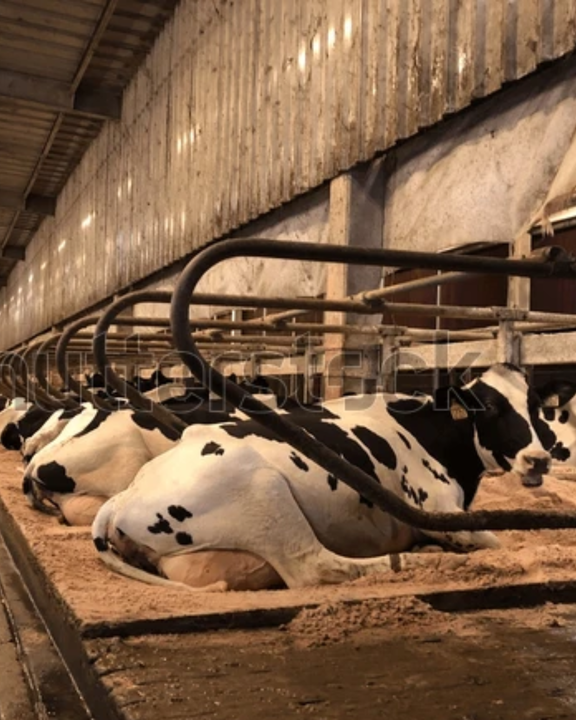
-
Individual compartments where cows can lie down.
-
Usually lined with soft bedding like rubber mats, sand, straw, or sawdust.
-
Designed to support natural lying posture and easy rising.
2. Feed Alley:
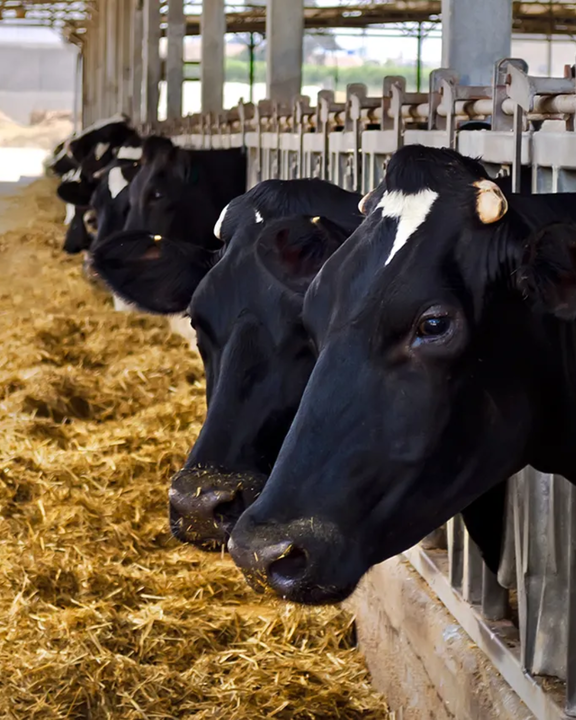
-
Long corridor with access to Total Mixed Ration (TMR) or fodder.
-
Arranged on one or both sides to provide easy feeding access.
3. Water Troughs:
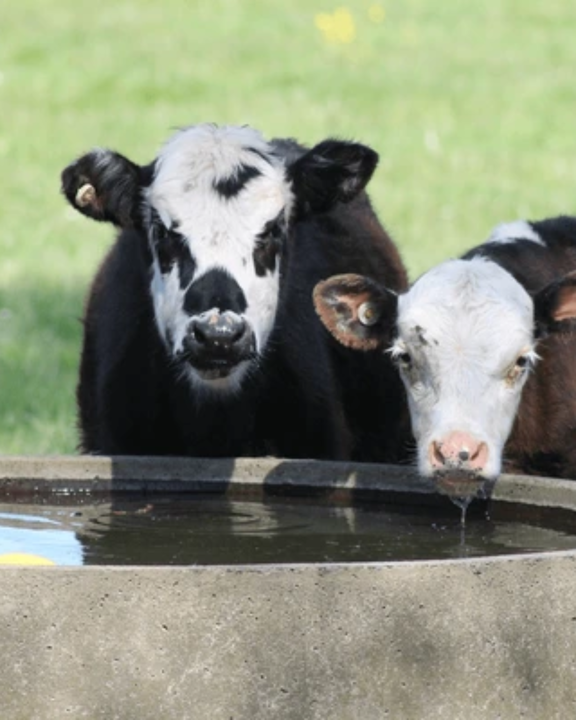
-
Placed in key areas of the barn for maximum accessibility.
-
Ensures cows stay hydrated without traveling far.
4. Manure Alleys:
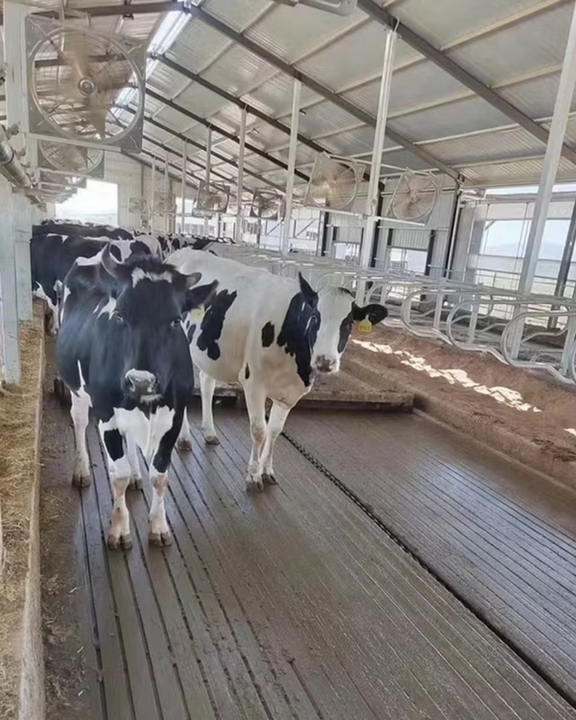
-
Walkways behind the stalls.
-
Sloped floors and scraper systems allow for easy manure collection and drainage.
5. Ventilation and Shade:
-
Open sides, roof vents, or mechanical fans ensure proper airflow.
-
Roofs made of asbestos, metal sheets, or UV-coated polycarbonate sheets provide shade.
6. Lighting and Safety:
-
Good natural or artificial lighting improves cow comfort and staff safety.
-
Curved partitions and anti-slip floors enhance safety for cows.
Key Benefits of a Freestall Barn System
Implementing a freestall system can provide the following advantages:
1. Improved Cow Comfort
-
Cows can freely move around, lie down, and stand whenever they choose.
-
Comfortable cows rest more, ruminate better, and stay healthier.
2. Higher Milk Production
-
Studies show a 10–15% increase in milk yield in well-managed freestall systems.
-
More lying time = better blood flow to udder = more milk.
3. Cleaner Environment
-
Cows are not standing in their own waste.
-
Manure can be cleaned automatically or using tractors.
4. Reduced Risk of Injuries
-
Non-slip surfaces and soft bedding protect hooves and joints.
-
Less pressure on knees and hips from lying down.
5. Disease Prevention
-
Cleaner, drier environment reduces the risk of mastitis, lameness, and respiratory diseases.
6. Efficient Labor Management
-
Feeding, milking, and cleaning tasks are easier and faster.
-
Helps in automation of farm operations over time.
Freestall Barns in Indian Conditions
Traditionally, Indian farmers have relied on open paddocks or tie-stall cow sheds. But with increasing awareness and the need for better hygiene, many farmers in states like Punjab, Haryana, Maharashtra, Tamil Nadu, and Gujarat have started adopting freestall barns.
Adaptation Tips:
-
Use locally available materials to reduce construction costs.
-
Create semi-covered sheds for summer cooling.
-
Install low-cost bedding systems using rice husk or coir waste.
-
Include rainwater drainage systems for monsoons.
Even a small herd of 5–10 cows can benefit from a simple freestall layout, improving animal comfort and daily yield.
Costs and Return on Investment (ROI)
Setting up a freestall barn involves initial investment in:
-
Stall partitions and flooring
-
Bedding materials
-
Water lines and troughs
-
Roofing and fans (optional)
But farmers typically recover the investment in 2–3 years due to:
-
Higher milk output
-
Reduced vet bills
-
Better manure management
When stalls stay clean and cows stay happy, farmers see fewer removals and more successful breeding.
Step-by-Step: How to Set Up a Freestall Barn
-
Assess Your Land: Ensure proper drainage and ventilation.
-
Design Your Layout: Number of cows × 1.2 stalls = minimum stall count.
-
Install Stall Dividers: Use metal or bamboo based on budget.
-
Build the Feed Alley: 3–4 ft per cow with feed bunk.
-
Choose Bedding Material: Sand, rubber mat, or sawdust.
-
Add Water and Drainage Lines: Easy access + hygiene.
-
Plan Cleaning Method: Manual, scraper, or tractor-based.
-
Train Staff: Teach them how to manage freestall cows.
Combine with Digital Tools for Smart Dairy Farming
When used with tech like Gau Swastha and Gau Sampurna, freestall barns become powerful hubs of productivity.
-
Gau Swastha: Snap a photo, get full health reports.
-
WhatsApp Vet Consults: Fast expert advice.
-
Immunity & Reproduction Boosters: Improve recovery and lactation.
-
Digital Records: Track health, breeding, and yield data easily.
Conclusion :
A freestall barn is a smart investment in the future of your dairy farm. It promotes cow comfort, hygiene, milk yield, and labor efficiency. With proper planning and low-cost innovations, even small farms in India can benefit from this model.Combine it with health monitoring and tech tools like Gau Sampurna to create a modern, profitable dairy farm.
-


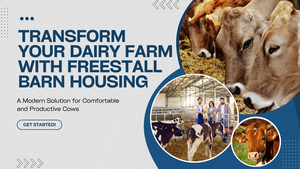




Comments